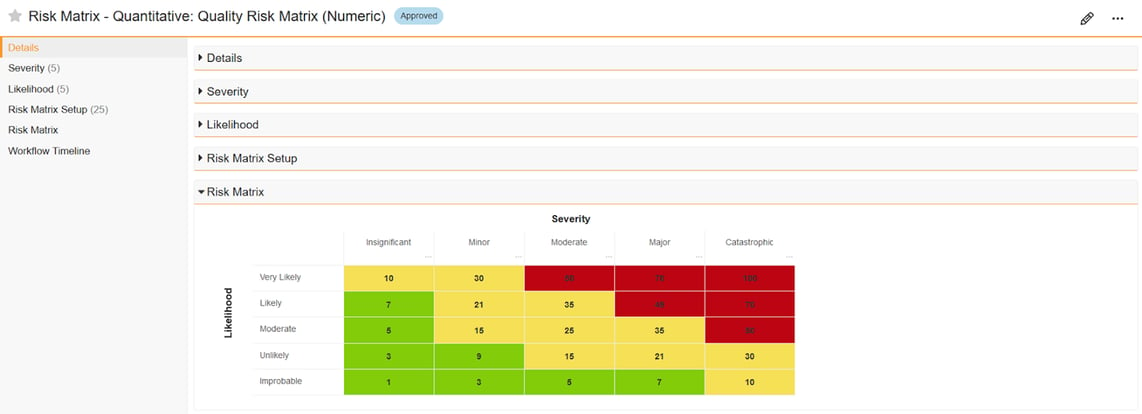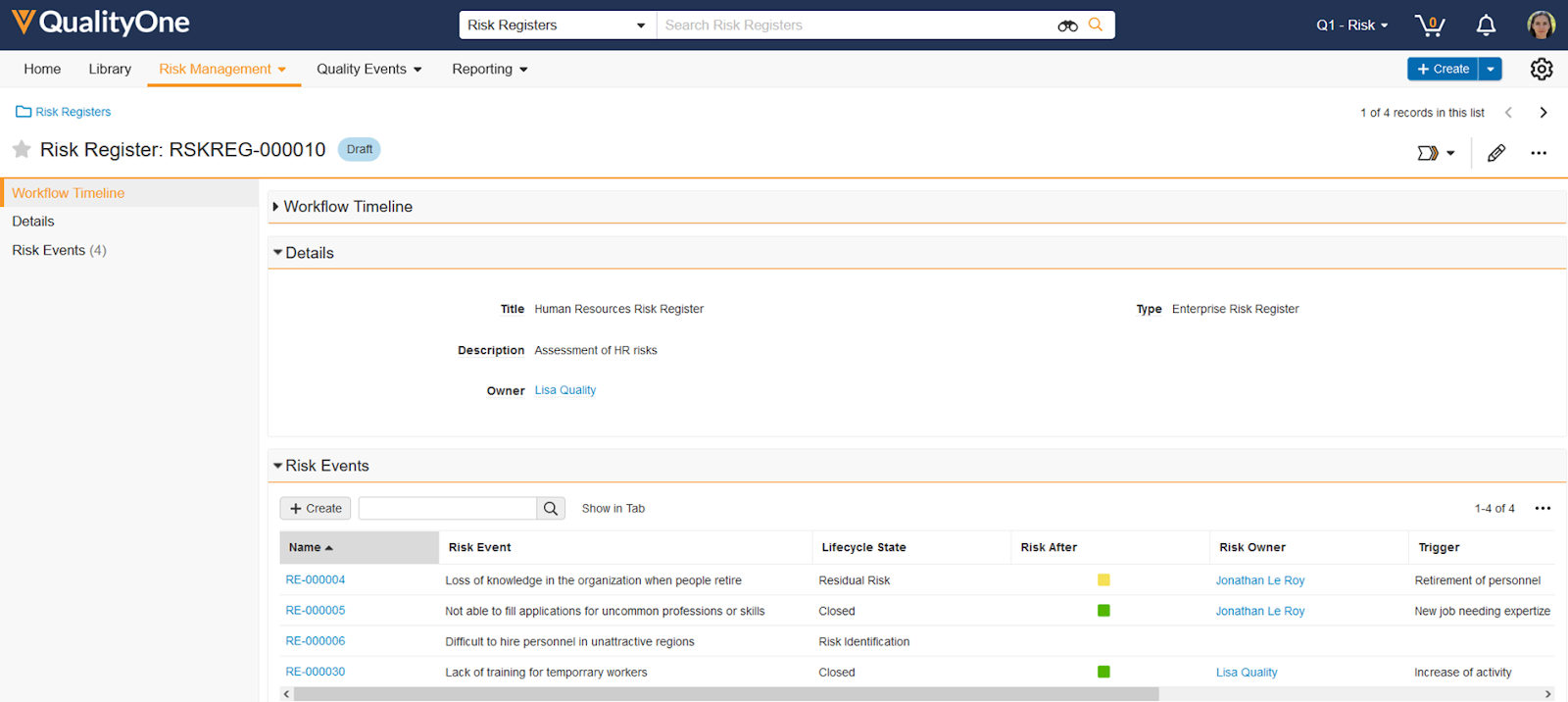Visit our Quality Solution Page to learn more about QualityOne.
Mastering Risk-Based Thinking in ISO 9001:2015
"Life is all about taking risks. If you never take risks, then you'll never know what you're capable of."
- Unknown
Navigating the World of Risk-Based Thinking Risk-based thinking is something we do instinctively in our daily lives, like checking for traffic before crossing the street or baby-proofing a home. But when it comes to quality management, risk-based thinking can be challenging to implement and manage effectively.
Fear not, fellow quality enthusiasts! Together and through experience, we can master risk-based thinking and elevate our quality management game.
As I mentioned in my previous post, risk-based thinking has always been part of ISO 9001. However, with the latest update, it now plays an even more significant role. Instead of focusing solely on preventive action, risk-based thinking is woven throughout the entire quality management system, empowering organizations to proactively manage risks rather than merely reacting to them.
Why Embrace Risk-Based Thinking? By incorporating risk-based thinking into your quality management system, you can ensure consistency in quality and safety, boost customer satisfaction, enhance your organization's reputation, and maintain compliance. It's a win-win situation!
ISO 9001:2015 doesn't dictate specific tools or methods for risk-based thinking; it simply requires you to consider risks and opportunities. Organizations have the freedom to design their risk management programs, as long as they are consistent, repeatable, and well-documented.
Setting the Stage for Successful Risk Assessments Before diving into risk assessments, ensure you have the right people on board. These assessments are most effective when participants have a thorough understanding of the process, product, or service and can contribute meaningfully to the discussion.
Your Risk-Based Thinking Toolbox To help you on your risk-based thinking journey, here are some essential tools and techniques to consider:
1. Risk Assessment and Risk Matrix Conduct a risk assessment for each quality event, allowing you to gain better control of your system and resources. Use a risk matrix to objectively assess the situation based on severity and probability. Prioritize high-risk events and allocate resources accordingly.
 A standard risk matrix in QualityOne
A standard risk matrix in QualityOne
.png?width=1600&height=592&name=Failure%20Modes%20and%20Effects%20Analysis%20(FMEA).png) QualityOne has the ability for handling FMEAs.
QualityOne has the ability for handling FMEAs.
3. Fault Tree Analysis (FTA) Complement your FMEA process with FTA, a top-down approach to analyzing undesirable outcomes and their causes. By determining the probability of each lower-level event, you can focus risk reduction actions on preventing the top event.
4. Risk Register Log all identified risks and their controls in a risk register. Assign and track the implementation of proposed treatments, and monitor risk levels before and after mitigation to evaluate effectiveness.

An example of a risk register in QualityOne
5. Dashboard and Reporting Fulfill ISO 9001:2015's leadership accountability requirement by using dashboards and reporting for visibility and transparency. Regularly discuss trends and reports with management, documenting meeting notes and action plans.
 QualityOne’s dashboarding capabilities in the risk management module.
QualityOne’s dashboarding capabilities in the risk management module.
Risk-based thinking is an integral part of the process approach and Plan-Do-Check-Act (PDCA) cycle. By planning, identifying, mitigating, and continuously improving, you'll be well on your way to mastering risk-based thinking in quality management.
Stay tuned for our next post, where we'll explore the importance of the process approach and PDCA. Until then, keep chasing those quality-filled days!
Learn more about how QualityOne can help your organization carry out risk-management at our Quality solution page.
SHARE






